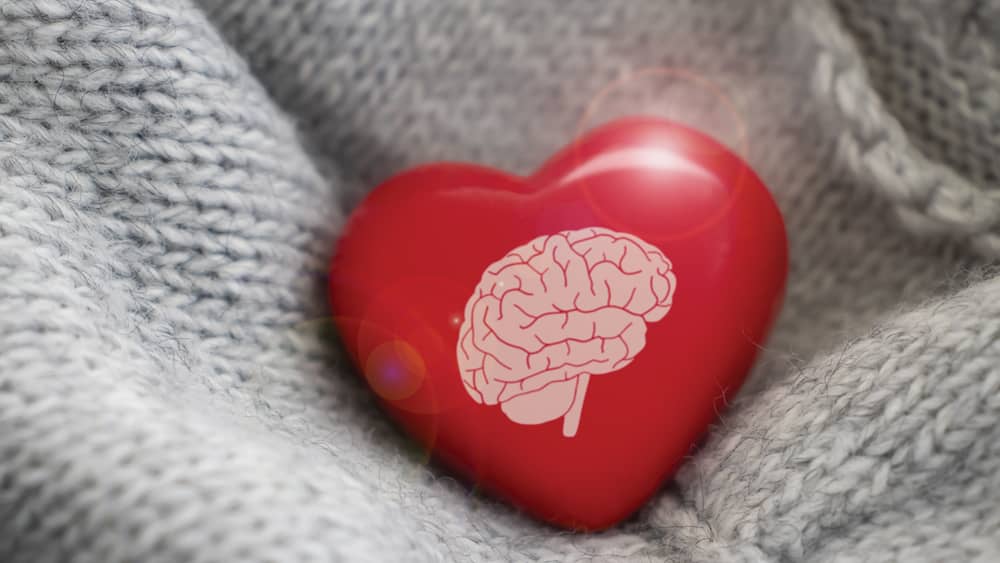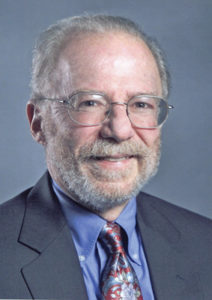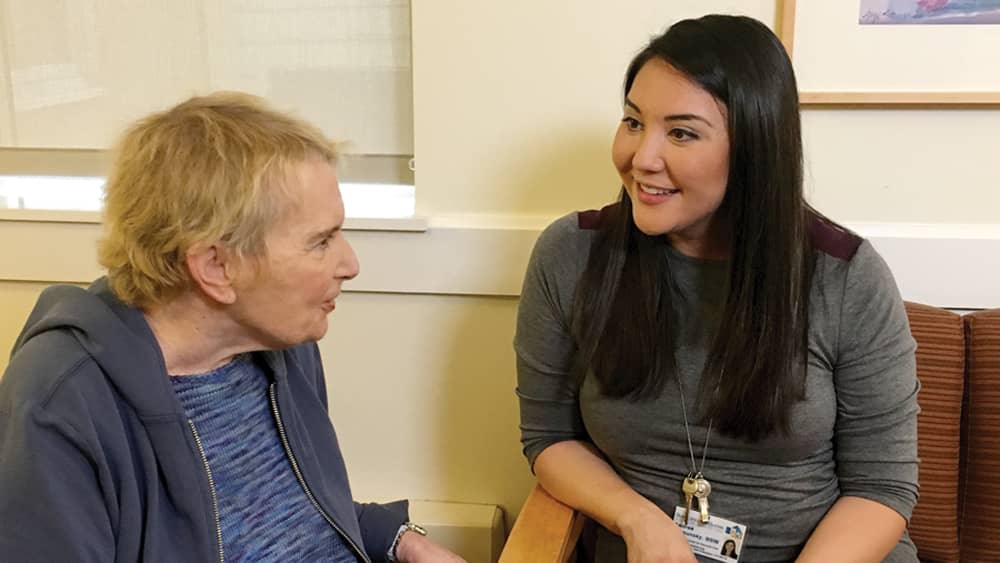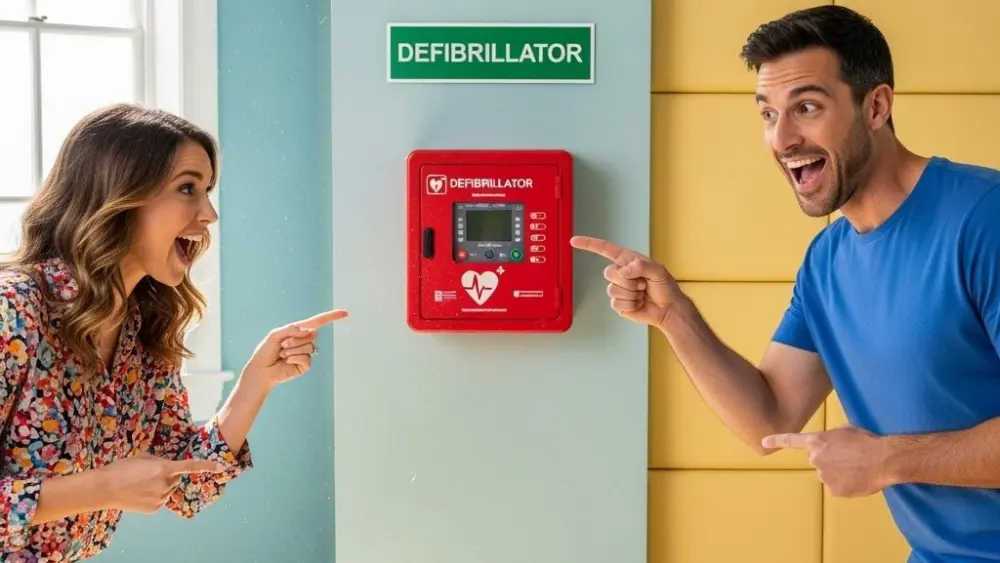
Unraveling the mysteries of the brain is never easy, but when it comes to Alzheimer’s Disease, the challenges are daunting. For a start, it’s one of several brain disorders categorized as dementia, and with few tools for screening the brains of patients whose cognitive abilities are failing, definitively identifying a condition as Alzheimer’s is difficult. And yet, medical researchers are making progress in understanding it better, and each new discovery is an exciting milestone in the quest for answers.
The American Alzheimer’s Association reports that more than 6 million Americans are currently living with Alzheimer’s, and 72% are 75 years of age and older. In most cases, it’s a malady that comes with aging, but that doesn’t mean it’s inevitable. Taking preventive measures earlier in life has proven to be quite effective in fending off the onset of symptoms, and, in particular, lifestyle choices that have proven to lower the risk of coronary disease appear to have significant benefits for the brain as well. In addition, ongoing research into potential new treatments and technology for identifying signs of Alzheimer’s in the brain shows promise.
Pinpointing a cause
Alzheimer’s is a form of dementia, and Wynnelena Canio, M.D., chief of geriatric medicine and the continuing care department at Kaiser Permanente Santa Rosa, explains that dementia means that changes have occurred in a person’s thought process. It’s an umbrella term for several different conditions, and they all affect cognitive functions such as memory, language, understanding, judgment, perception, attention and concentration. The functional decline that typifies dementia has an impact on daily life, and so individuals who are afflicted are no longer able to complete once-routine tasks such as handling finances or driving safely. To determine if someone has Alzheimer’s or another form of dementia, a doctor first gets a complete medical history, do a thorough physical examination, and orders tests (including blood tests) to make sure some other condition isn’t causing a patient’s symptoms. Then, if dementia appears likely, the next step is to identify which type it is.

Amyloid plaques, which are abnormal clusters of protein fragments, and tau tangles, which are dead and dying nerve cells that contain jumbles of twisted strands of a different protein, appear in the brains of patients with Alzheimer’s. However, determining if the deposits are present is a challenge. Canio explains that you can’t open the brain to do a biopsy the way you can with cancer, so diagnosing Alzheimer’s requires excluding other causes. A CT scan can show if a patient has had a stroke that’s resulted in vascular dementia, for instance. “If someone is doing well on memory, but not the executive functioning part of the brain, then the more likely cause is vascular rather than Alzheimer’s,” she says. Physicians also look for tremors, stiffness, or rigidity, which could be causing Parkinson’s-related dementia or Lewy Body dementia. Alcohol use or untreated sleep apnea can cause dementia-like symptoms, and blood tests, physical tests and checking for substance abuse can provide clues. “You rule out other possibilities,” says Canio, explaining that many medical and psychiatric conditions can cause cognitive dysfunction, so eliminating them from consideration narrows down the possibilities and aids in making a diagnosis. If all the other options have been excluded, “We would say it’s likely Alzheimer’s,” she says.
Cognitive testing is another crucial part of the diagnostic process. Canio explains that the Montreal Cognitive Assessment (MoCa) and the St. Louis University Mental Status Examination (SLUMS), both brief 30-question tests, are screening tests for Alzheimer’s as well as other forms of dementia. Both test for orientation, memory, attention and executive function. They contain questions, such as “What day is it?” and patients also repeat a sequence of words to evaluate memory. In addition, they draw a picture of a clock. The information allows a doctor to see how well the brain is functioning, and while some patients may not understand why they’re being tested, physicians do cognitive testing frequently and have strategies for dealing with challenging patients.
Sometimes Alzheimer’s is generational or siblings have it, suggesting that a patient might have a gene variant. In those cases, genetic testing is another factor that contributes to making a diagnosis. It’s more common in women than in men, and runs in families, says Allan Bernstein, M.D., a Sebastopol-based neurologist. “Sometimes people have a genetic predisposition for Alzheimer’s, and they’re asymptomatic,” he adds, and then something triggers it—perhaps a vascular condition, inflammation, or trauma—causing symptoms to appear. A form of the APOE (apolipoprotein E) gene is the most common genetic risk factor and the easiest test to identify. It measures how rapidly one metabolizes lipids, the fatty acids that play a role in brain function. “If you have one E4 gene, your risk of Alzheimer’s goes up 3.2 times, and if you have two E4 genes, the risk goes up 14.3 times. The risk of heart disease goes up for the same reason,” he says.
Living with Alzheimer’s
“We don’t have a treatment for Alzheimer’s disease at this point,” says Bernstein. However, activities that stimulate the brain, physical exercise and social engagement are beneficial. “Going to the zoo is a pretty non-stressful event,” he says, pointing out that it provides entertainment, exercise and is good for health.
Seniors at Home, a program of Jewish Family and Children’s Services of San Francisco, the Peninsula, Marin and Sonoma Counties, operates Skyview Day Club, formerly known as Senior Access. Its mission is to keep people 60 to 80 years of age—who are all along the memory-loss spectrum—engaged physically, socially and intellectually. “It’s a wonderful program,” says Marketing Associate Director Sue Tenerowicz. Daily activities include a greeting, positive news articles, chair exercises and brain games, and before the pandemic forced the club’s facility in Marin County to close, members also had a healthy lunch each day and regular field trips. Now they participate on Skyview Zoom, clicking on a link that takes them into an online program that runs from 10 a.m. to noon, Monday to Friday. They spend two hours every morning interacting with others on the computer and have brain challenges as well as fitness exercises that keep them moving their bodies. Music is a big part of the program, and early on, high school students in a group called Youth First performed on Skyview Zoom, allowing two groups who wouldn’t usually get together to develop an appreciation for each other. Storytelling is also a popular feature, and, overall, Zoom sessions have been successful, with clients responding well.
Tenerowicz points out that Skyview Zoom members take part daily in something new that stimulates the brain and says, “With COVID, everyone has learned to adapt to the online format, which is a silver lining.” She adds that Seniors at Home also offers a program for family caregivers. “The support group is important, because so many people are at home with someone who has cognitive decline, so it’s a balance,” she says. When sessions were in-person, caregivers met twice a month to get counseling and peer support, but the service has expanded since going online, and participants now meet weekly. Members of both groups can attend on Zoom from anywhere. “We try and stick to the Bay Area, but we have people from all over the country,” she reports. Attending on Zoom is free.
Positive action
One of the best strategies for dealing with Alzheimer’s is delaying its onset by caring for the heart. It’s not uncommon for Alzheimer’s patients to have heart disease as well as dementia because both are conditions of aging. Cardiology, however, has made more advances than brain health. Bernstein points out that doctors can fix hearts quickly once a condition has been detected. They can repair valves with trans-arterial stents and correct rhythm problems, and those procedures have made a significant difference in preventing strokes. He explains that multiple strokes cause vascular dementia and are also involved in Alzheimer’s, and treating hypertension prevents that particular form of dementia while helping the heart. “The No. 1 issue far and away has been treating hypertension,” he says. New techniques for monitoring heart disease are also helpful. Identifying and reducing intermittent atrial defibrillation, for example, can prevent large and small strokes, also reducing the risk of vascular dementia. Bernstein reports that when he was a medical student, half of Alzheimer’s patients had vascular dementia, but as a result of better drugs and management techniques over the years, there’s been progress. “We’ve reduced vascular dementia to 10 to 15%. We’ve clearly moved that curve,” he observes, adding that the age of onset has also shifted from 60 years of age to 75.

People with Alzheimer’s often have markers for inflammation, and reducing inflammation anywhere in the body reduces stress on the brain. Bernstein recommends maintaining good dental health since gum disease can play a role in Alzheimer’s. “It’s a big risk factor for both brain disease and heart disease,” he says, observing that the brain and gums are geographically close, so it’s easy for inflammation to spread.
Individual lifestyle choices make a difference, too. Abstaining from smoking reduces the incidence of heart and brain conditions. Reducing sugar also has a significant effect, as does managing diabetes. In addition, mental activity is important for good brain health. Bernstein reports that a recent study showed that cognitively active people, regardless of the condition of their brain tissue, experienced the onset of symptoms of Alzheimer’s five years later than expected. In the study, researchers at Rush Medical Center in Chicago checked participants on a regular basis and gave them a questionnaire that asked how much cognitive activity they had engaged in. They discovered that the mental stimulation was effective regardless of the brain’s pathology. “A lot of people never developed symptoms, regardless of having changes in the brain consistent with Alzheimer’s disease,” says Bernstein. Regular physical activity is also beneficial, and because talking is stimulating for the brain, he recommends taking a good brisk walk with a chatty friend as often as possible.
“What’s good for the heart is generally good for the brain,” says Canio, explaining that heart issues can affect a person’s thinking ability because the brain needs substantial blood flow to function well. She also suggests physical exercise, especially aerobic exercise paired with brain exercises. The Wii tennis video game is one good example, she says, because it’s a game of strategy with ample physical activity. “Aerobic exercise is the one thing. Get into the habit of doing that,” she says. As people get older, they might have to change the mode of exercise, and she cites the case of a runner who switched to cycling and then to a stationary bike. “Modify as needed,” she advises, but keep active.
Healthy eating and adopting a plan such as the Mediterranean diet, which focuses on vegetables, fruits, whole grains and fish, also helps both the heart and brain. It discourages red meat, added sugar and highly processed foods. Canio observes that fatty foods aren’t good for the blood vessels, and a lot of red meat could be a problem. “You want things in moderation,” she says, adding that minimal portions, maybe even snacking, might be preferable to large meals. She also recommends limiting alcohol consumption to 5 oz. of wine, 12 oz. of beer, or 1.5 oz. of hard liquor per day for people 65 and older, if they care about keeping their brain cells alive and avoiding alcohol-induced dementia.
Adopting healthy habits anytime is worthwhile and is likely to pay off later. “All of us are predisposed to certain conditions,” says Canio. “Anything we can do to prevent diseases, the better we will be.” However, the practices we start early become instinctive, and we don’t have to think about them, so the earlier the better.
Taking care of mental health, especially when people are young, might have an effect as well. A recent research study at the University of California San Francisco found evidence that links depression in young people with dementia later in life. The study included 15,000 participants ages 20 to 89, and they were divided into three life stages: young adulthood, midlife and older. Using statistical methods to predict average trajectories, researchers discovered that 73% were likely to suffer from cognitive decline as older adults if they had symptoms of depression when they were young. Therefore, making screening and treatment for depression early in life a preventive measure could help prevent Alzheimer’s decades later.
Looking ahead
Whether adopting healthier practices can help people who have already been diagnosed with Alzheimer’s is yet to be determined. Dean Ornish, M.D., founder and president of the nonprofit Preventive Medicine Research Institute in Sausalito and clinical professor of medicine at UCSF is currently conducting a randomized controlled study of 100 people ages 45 to 90 in collaboration with scientists at the University of California San Francisco, Harvard Medical School, and the University of California, San Diego to determine if intensive lifestyle changes may stop or reverse the progression of mild cognitive impairment due to early-stage Alzheimer’s disease. According to Ornish, the study includes a whole-food, a plant-based diet low in fat and sugar with supplements, moderate exercise, stress management techniques and support groups. All training and meals are provided for the patient and spouse or caregiver during the 40 weeks of intervention without charge. The study concludes enrollment in December 2022. For more information on enrolling, please go to pmri.org or clinicaltrials.gov.
Bernstein reports that researchers are also focusing on amyloid load in the brain, now that new diagnostic tools such as PET scans make it easier to find. He explains that amyloid deposits can start forming 15 years before symptoms of Alzheimer’s appear, and a blood test might identify a marker. He points out that identifying risk factors for coronary disease early can prevent or delay clinical symptoms for as long as 20 years. He hopes the same might be true for brain disease. If someone has amyloid deposits and no symptoms, he speculates that a drug to remove the deposits would reduce the risk of dementia. “It’s the ideal way to go about reversing the risk factor,” he says.

Canio describes patients suffering from dementia as losing themselves. “They’re present but they’re not,” she says. “I hope with time and research, we will learn to prevent this if we can.” Meanwhile, we can use the knowledge we’ve acquired to reduce the risks by looking after our hearts and caring for our brains at the same time. And someday, with the benefit of scientific expertise and healthful lifestyles, we just might make Alzheimer’s a distant memory.
Common forms of dementia
The five most common forms of dementia
Alzheimer’s disease: Abnormal buildups of proteins in the brain called amyloid plaques and tau tangles.
Frontotemporal dementia: A rare form of dementia, usually in people younger than 60. Characterized by abnormal amounts or forms of the proteins tau and TDP-43 in the brain
Lewy body dementia: Caused by abnormal deposits of the protein alpha-synuclein, or Lewy bodies.
Vascular dementia: A result of conditions that damage blood vessels in the brain or interrupt the flow of blood and oxygen to the brain.
Some people have more than one type of dementia. A patient who has both Alzheimer’s disease and vascular dementia, for instance, is suffering from mixed dementia.
Source: NIH National Institute on Aging
Biogen’s New Drug
The Food and Drug Administration approved a marketing license for Biogen’s Aducanumab, using its accelerated process in June. The drug, an amyloid beta-directed monoclonal antibody treatment that will be marketed as Aduhelm, is touted to reduce plaque and improve cognitive function in patients with Alzheimer’s. However, conflicting data, doubts about the efficacy of the product, possible side effects, a nine-year timeline for a post-market study and the drug’s high cost—$56,000 a year—generated significant controversy. While patients and their families are eager for new treatments, the Cleveland Clinic in Ohio is one of several major medical centers that does not plan to administer Aducanumab to patients, and Blue Cross Blue Shield won’t cover the cost of the drug, deeming it unnecessary. Aducanumab has yet to prove itself, but it is a step forward in Alzheimer’s research and brings hope.
alzforum.org



